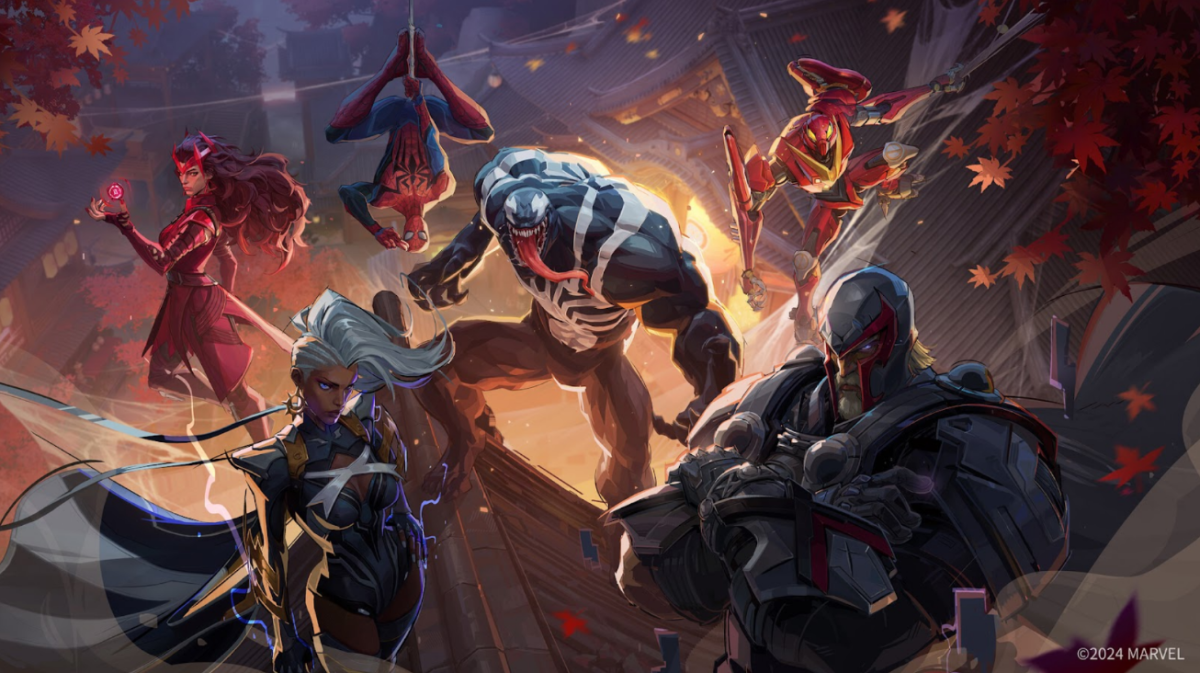Valve is a company with a long history in the gaming industry. They currently own the platform Steam, the largest personal computer (PC) games distribution service. Steam currently facilitates an estimated 75 percent of all PC games sales. But how did Steam come to own such a big market share, and what led Valve to found it?
Valve started out as Valve L.L.C in 1996, founded by Gabe Newell and Mike Harrington. In 1998 they released the famous first-person shooter (FPS) “Half-Life.” Selling an estimated 18 million copies, many people still divide the FPS genre into pre and post “Half-Life” phases. “Half-Life” would come to define Valve’s brand for years to come.
In 1999, Valve built a multiplayer FPS called “Counter Strike.” This game also had incredible success as it sold an estimated 21 million copies.
In 2003 Valve released Steam as an easy way to get updates to Valve games. Soon after, in 2004, the Sequel to “Half-Life,” “Half-Life 2,” released and sold an estimated 25 million copies. Then came a turning point for Steam. In 2005, Steam began to support third party games, the first of which being “Rag Doll Kung Fu.”

The Episodic sequels to “Half-Life 2,” “Half-Life 2 Episode One,” and “Half-Life 2 Episode Two,” were released in 2006 and 2007 respectively. Episode 2 released alongside “The Orange Box,” a collection of games sold as a bundle. The games in the Orange Box included every “Half-Life 2” game, “Team Fortress 2,” and “Portal.” “Team Fortress 2” is another tactical FPS developed by Valve with more classes of playable characters. It would soon develop a vibrant community that stuck to the game through years of neglect from Valve. “Portal” is a puzzle game developed by Valve specifically for “The Orange Box,” and it too would soon see a vibrant community resulting in a sequel, “Portal 2,” in 2011. The Orange Box was well received with an average review of 9.7/10.
The same year, Steam had its first sale, ranging from 10 to 50 percent off of everything on the platform. This sparked a long tradition of giant Steam sales, typically twice a year.
In 2008, “Left 4 Dead” was released. With 13.2 million sales, it was an incredible success. Valve made a sequel in 2009, which subsequently sold 57.7 million copies.
In 2008, Steam received a game developer toolset called Steamworks and the Steam Cloud, allowing people to sync their game files across multiple devices. In 2010, Steam released on MacOS and began the Steam Play tool for Linux players to play Windows games on their Linux machines.
In 2011, Valve added a Steam Workshop to host player-created content as well as Steam Guard, an extra verification layer to protect player’s accounts. In 2013, DOTA 2 was released as a free to play game, with an estimated 96 million users. In 2014 SteamVR was released for the Oculus, allowing developers to sell VR games on Steam.
In 2015, Valve introduced Steam refunds as a way to streamline the refund process on Steam. The same year, they released the Steam Machine, a series of PCs running a lightweight version of Linux called SteamOS which was meant to give a console-like experience to PC gaming. Along with the Steam Machine came the invention of the Steam controller which had two trackpads and one joystick, instead of the traditional two joysticks. While it was discontinued in 2019, many design choices from the Steam Controller made a return on the Steam Deck, Valve’s latest take on the Steam Machine.

In 2018, the Proton Compatibility Layer was released to allow many Windows games to play on Linux more smoothly. This would come to supplement the Steam Machine and later the Steam Deck in 2022. The Steam Deck is an affordable handheld gaming PC with a polished SteamOS and Proton, allowing for great performance even on games designed to run only on Windows. In 2020, the Valve Index was released as Valve’s in house virtual reality headset. It has yet to reach widespread adoption because Meta’s Quest headsets are easier to use and set up compared to the Index. Valve has been a driving force for the industry for so long but why does steam have so many users?
Valve took root in the industry with their “Half-Life” franchise, and cemented their place in PC gaming history with Steam. Steam was revolutionary in the industry because it allowed an easy marketplace, similar to Amazon, but with a focus on games. Valve will continue to dominate the industry because they don’t prioritize profits over consumer experience.
Valve’s dedication to user experience shows in the Steam platform. Steam is full of personal touches for the user. Many players collect achievements to show off, some buy cosmetics from their favorite games to make their profile unique to them, and some just come for the ease of use that Steam provides.
The biggest competitor to Steam is The Epic Games Store, owned by Epic Games, the creators of Fortnite. The Epic Games Store offers weekly free games and many exclusive games or exclusive pieces of content from games. So why hasn’t it taken over? The main reason is that people are reluctant to move. The achievements, extra content, cosmetics, and games that were purchased would no longer be accessible. This makes moving to a platform with one or two games you want for free that lacks the customizability and personality of Steam difficult.
That is why Valve has such a grip on the PC gaming industry. Early adoption rooted players in Steam’s rich personality, biannual sales and empathy for the consumer. Would Steam succeed if released today? While they might have more competition from other game launchers, they would still prevail due to their superior customization and vast library.

























